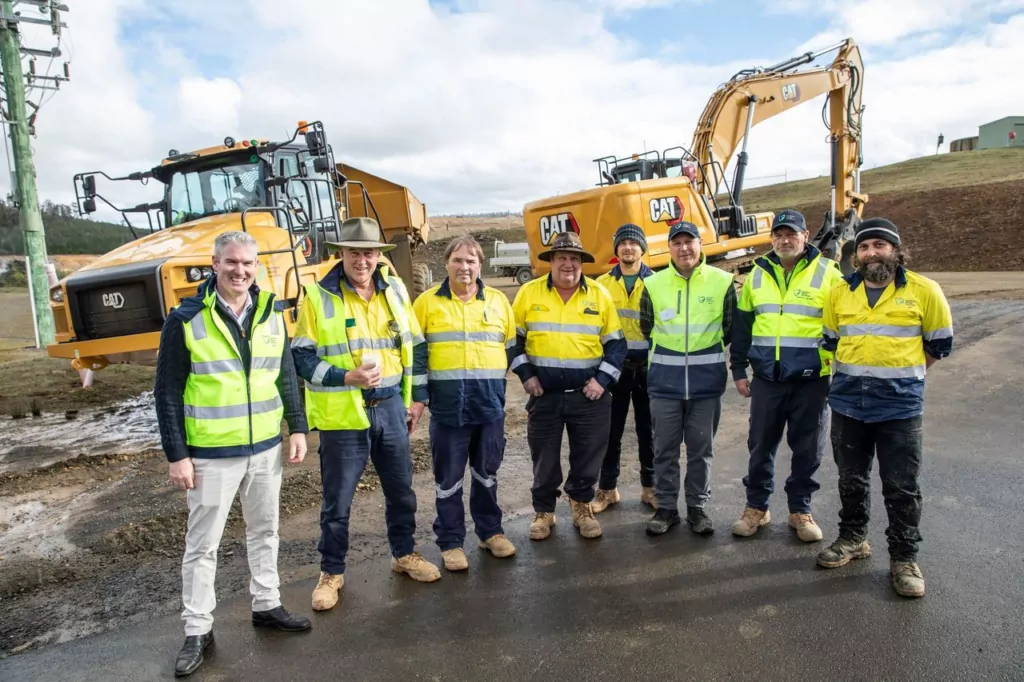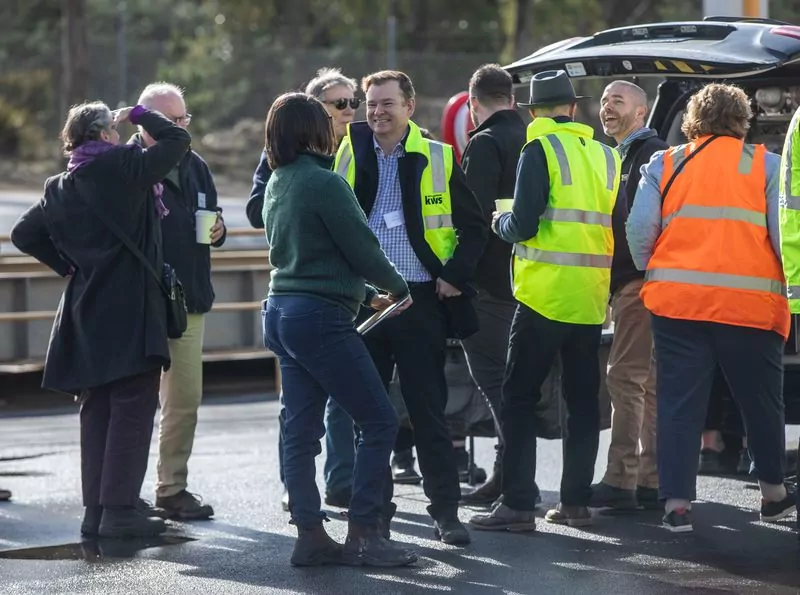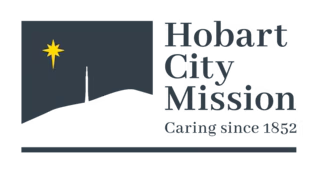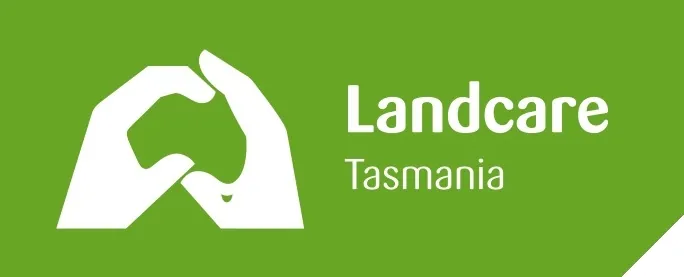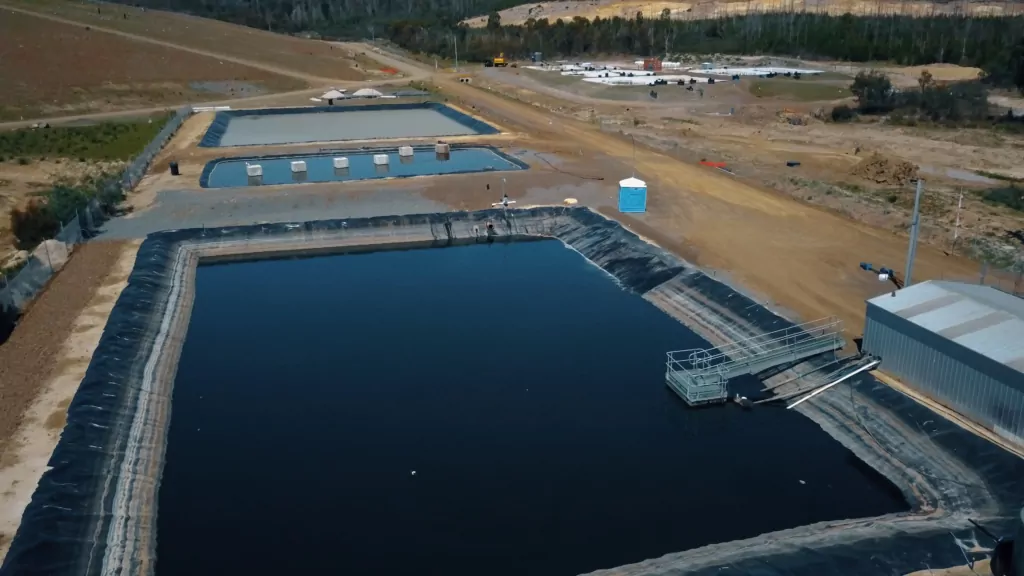Southern Waste Solutions (SWS) is an established leader in Tasmania’s waste sector, jointly owned by Clarence City, Sorell, Kingborough and Tasman Councils.
Who we are
SWS is committed to innovation and resource recovery as Tasmania’s largest integrated waste management organisation.
We operate an extensive network of waste management facilities, in southern Tasmania, such as the Copping Waste Precinct, which includes the Copping regulated waste disposal cell (C Cell), and the Lutana Resource Recovery Centre.
The Copping Waste Precinct is the state’s largest integrated waste management facility, which manages municipal waste from 50 per cent of Tasmania’s population, including the Greater Hobart region and the East Coast.
SWS receives commercial waste from across Tasmania, along with contaminated waste for safe management and storage in the Copping C Cell – the state’s only regulated waste facility.
SWS offers integrated waste transport services to Southern Tasmania and the East Coast, including servicing the Huonville and Break O’Day Councils for over 20 years.
The Lutana Resource Recovery Centre is a purpose-built facility aimed at diverting significant quantities of material from landfill. The Centre receives around 60,000 tonnes of commercial and domestic waste annually from across Southern Tasmania. SWS has targets to recover around 50 per cent of this material, including timber, building rubble, cardboard, mattresses, hard plastics and e-waste, to supply emerging commercial markets.

What we do
SWS accepts and manages waste from local government and commercial customers at both the Lutana Resource Recovery Centre and Copping Waste Precinct.
These sites receive and manage waste from a network of transfer stations across the east coast and southern Tasmanian region, including facilities in Scamander, Huonville, Barretta Waste and Recycling Centre and Mornington Park Waste Transfer Station.
SWS works in true partnership with industries and local government to tailor waste management, classification and disposal solutions to their specific needs.
SWS manages all levels of regulated waste classification (level 1 to 4) according to the EPA regulations. We operate to industry-leading environmental standards and are committed to maintaining the highest standard of regulatory compliance across our operations.
SWS is taking a leading role in the important and necessary transition to a future where waste is reduced and diverted away from landfill and into innovative, value-added products. The Lutana Resource Recovery Centre is a purpose-built facility aimed at diverting significant quantities of material from landfill.
Governance and Management
The Copping Refuse Disposal Site Joint Authority was established as a Joint Authority in 2001 under the Local Government Act 1993.
The Authority’s objectives include the management and operation of the refuse disposal site at Copping in accordance with its Development Proposal & Environmental Management Plan and Permit conditions, and the provision, on or off the site, of other services and facilities that assist in achieving the organisation’s goals.
Policies & RTI
The following policies and other documents may impact SWS’s visitors, suppliers, contractors, tenderers etc.

Waste education
Agreement has been reached with Landcare Tasmania to begin delivering the Let’s Learn About Waste education program to an initial eight schools in the first 12 months (2024).
Read more about the program here.
